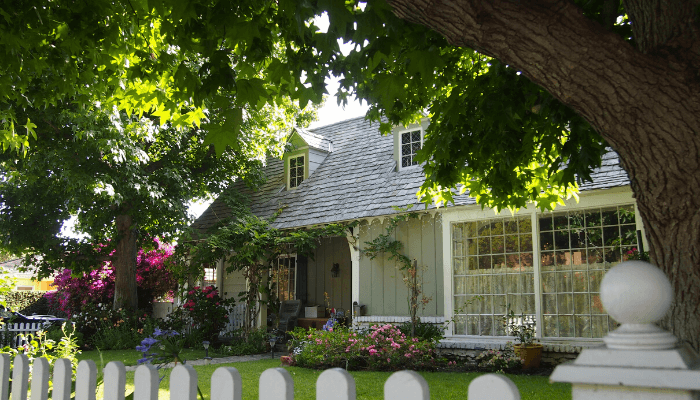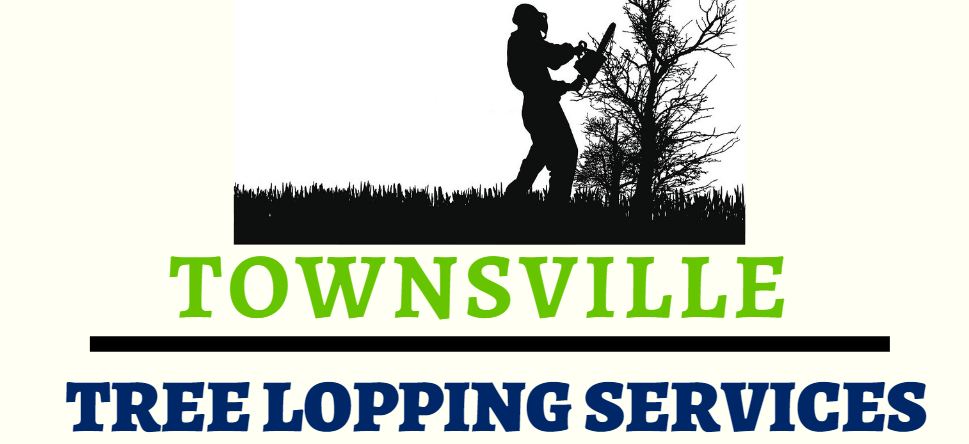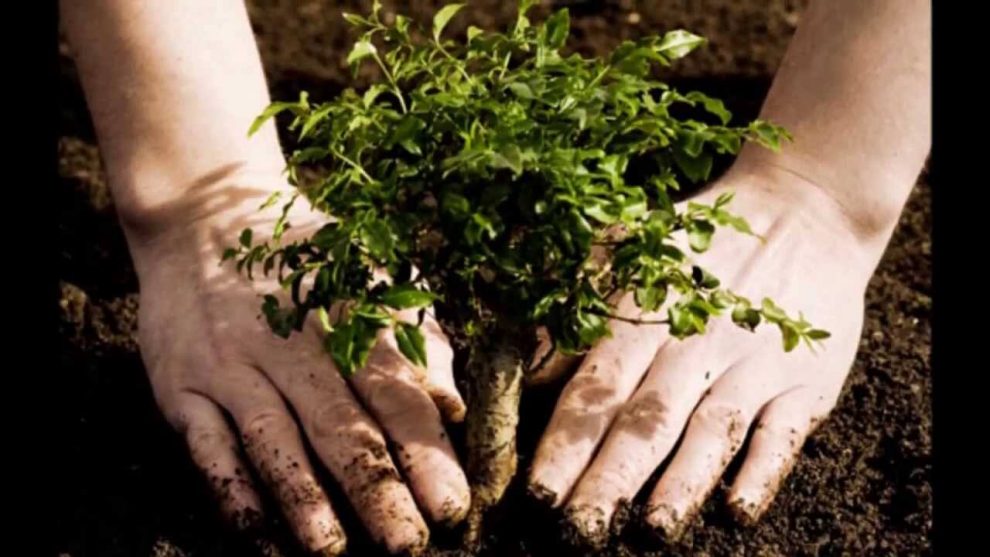Written by Angies List Staff and published on https://www.angieslist.com/.
Your home is a special place, and the right combination of shrubs, plants, and trees can bring that same feeling into your yard. A thoughtful landscape provides a beautiful, relaxing environment, but if you put the wrong thing in the wrong place, you could be dealing with a headache instead of a peaceful haven! As tree service professionals know firsthand the benefits that trees can bring to space. But it’s important to know the best – and worst – places to plant them. We can advise you on tree care, maintenance, and with spring right around the corner, we can also outline all the reasons you shouldn’t plant trees too close to your home. Keep reading below to learn more!
Table of Contents
3 Reasons Why You Should Not Plant a Tree

When planting trees, knowing the right time, place, and type goes a long way to protect your investment.
Arborists spend a good amount of time trying to convince people to plant more trees — and not just for job security. Trees are investments that appreciate in value over time and can last for decades.
Something arborists don’t discuss as often is when you shouldn’t plant a tree or what type of trees you shouldn’t plant. Three issues may cause you to rethink planting a particular type of tree or any tree in general.
1. Site conditions are problematic for planting trees
Different species of trees require different environments in order to grow and remain healthy. The United States Department of Agriculture has developed maps for a series of zones throughout the country to help with local plant selection. This information is referred to as the USDA Plant Hardiness Zone Map and divides the country into zones based on “the average annual extreme minimum temperature during a 30-year period in the past.”
Knowing your local zone and selecting plants that will do well in those conditions will give you the best chance of growing a healthy tree. Plants can live outside of their native zones, but will generally require more care and maintenance and may not live as long as in their normal habitats.
Available space is another consideration that might lead to rethinking a particular plant selection. Knowing the final mature size of a plant before planting is critical. If you only have enough space for tulips, don’t plant an oak tree!
2. The tree you’re planting requires too much care
Most trees in the landscape require some type of care during their lives — some more than others. If you aren’t in a position to provide the care a plant needs, finding a different selection might be a good choice. Some trees require lots of maintenance to fight disease or pest issues, while others need more frequent watering or pruning.
Fruit trees, for example, can be very maintenance intensive. They require regular, extensive pruning and often need considerable care to prevent pest and fungal leaf issues. Knowing this before planting trees can prevent a dead or struggling plant down the road and loss of your investment.
3. The tree species proves problematic in your area
Depending on your area of the country, there may be certain species of trees that you should avoid planting. This could be because they are an invasive species — non-native to the ecosystem and problematic — or have a strong susceptibility to a local pest or disease issues.
Some municipalities have even banned the planting of certain species of trees for these reasons and others. Bradford Pear trees, for example, have been very commonly planted throughout the country for decades. They are very hardy trees and very pretty in the spring with their distinctive white flowers and aroma. The downside is they just fall apart.
Bradford Pear trees have weak branch unions and present a greater than average risk of large limb failure during normal weather conditions. They look very pretty for a week in the spring. But the rest of the year, you’re waiting for them to drop a big limb on your car.
Contact a local arborist before planting a tree
Planting a tree is always a good thing. But planting the right tree in the right spot for the right reasons is a great thing.
Local knowledge goes a long way towards proper plant selection. Your nursery or local arborist should be able to provide some valuable insight before making a selection, helping you avoid a costly mistake.
Original post here https://www.angieslist.com/articles/3-reasons-why-you-should-not-plant-tree.htm.

